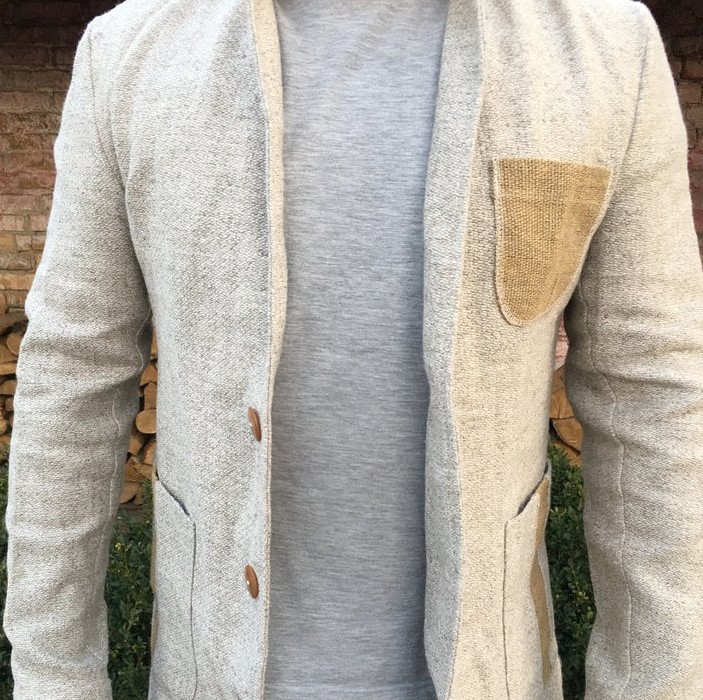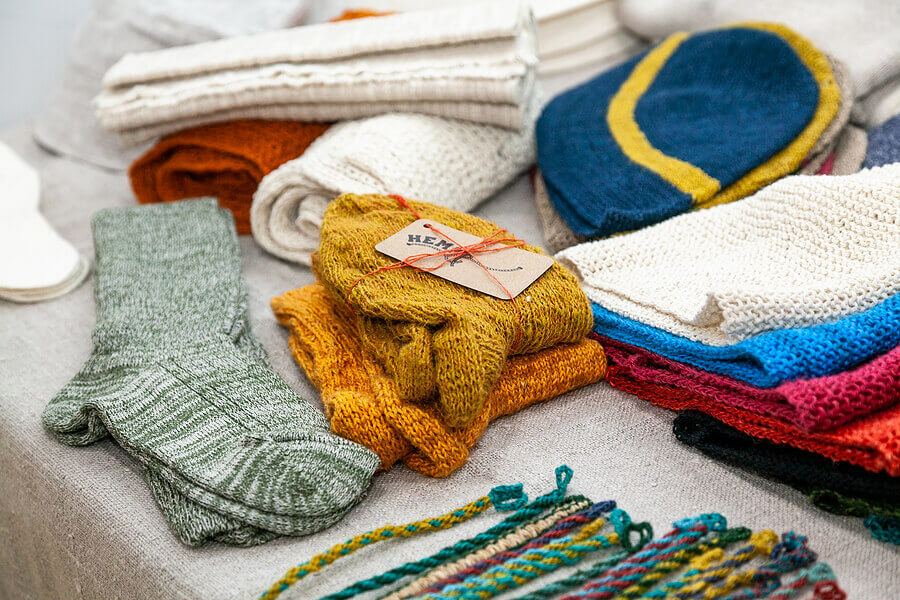Free Advice To Deciding On Bamboo Clothes
Wiki Article
What Are Some Benefits That Low Impact Fibres Hemp Clothing Has For The Environment.
The hemp clothing that is low impact offers a variety of environmental advantages over clothing made from synthetic fibers and cotton. Here are a few key environmental benefits of hemp clothing. Sustainable farmingHemp - Hemp is a sustainable crop. It grows rapidly and requires minimal water, herbicides or pesticides. Hemp is able to thrive in a wide range of conditions and soil types. This reduces the use of chemical pesticides in agriculture.
Reduced water consumptionLower Water Consumption Hemp typically requires significantly less water than conventional cotton, which is renowned for its high water consumption. It makes hemp a efficient choice for production of clothing.
Hemp is usually produced without the use of synthetic pesticides. Pesticides are not needed. This helps to reduce the environmental harm that comes with chemical farming.
Hemp can help improve soil health due to its roots that are deep which stop compaction and erosion. Hemp leaves the soil better prepared for the next crop.
Biodegradability Biodegradability Hemp fibers biodegrade and decompose naturally over time. This helps reduce the environmental impact of textile waste. In contrast to synthetic fibers such as polyester that can require thousands, or even hundreds of years to degrade.
Lower Carbon Footprint - The hemp fiber production generally has a less carbon footprint when compared to synthetic materials. Hemp is also a carbon dioxide sink by absorbing it from the air during the process of growing.
Hemp clothing is known to be durable and long-lasting. Good quality hemp clothes can last several years. This means you will not need to replace them often and reduce consumption.
Hemp plants exhibit natural resistance to various insects. Chemical pest control is not required.
Hemp is a versatile fabric, since it can be used in a myriad of applications, including bags, clothing and accessories. It's a renewable and fashionable fabric.
Regenerative Agriculture - Certain sustainable farming techniques integrate hemp into the regenerative system that aims to restore and improve ecosystems, while producing crop. It can also have positive impacts on the environment.
It's important to note that although hemp has many environmental benefits, the total sustainability of clothing also depends on other aspects, such as the process of dyeing, transport and the way in which consumers behave. As in any industry, you can find variations in production methods and the standards. This is why it's crucial to find organic hemp clothing or certified hemp clothing. This will ensure the greatest environmental benefit. Read the recommended hemp clothing for more recommendations including clothes made from hemp, hemp boxer shorts, hemp t shirts wholesale, jungmaven clothing, jungmaven t shirt, hoodlamb coat, hemp and cotton fabric, patagonia hemp jacket, hemp fleece fabric, hemp fabric by the yard and more.

What Makes Hemp Fibers Breathable And Moisture-Wicking?
Hemp fibres have unique chemical and structural characteristics that make them air-tight. They also function as moisture wicking. These properties are a result of several factors. Microscopic structure- Hemp fibers possess pore-like hollow structures that permit air to circulate in the fibers. The porosity of hemp fibers makes them highly ventilated. This structure, when woven or knitted, allows air to flow, promoting ventilation, and preventing heat and humidity from building up against the body.
Wicking and Absorption of Moisture- Hemp fibers are hydrophilic and have a strong affinity for water and absorb moisture easily. When you wear hemp clothes they can absorb sweat and moisture from your skin, thus reducing the feeling of being wet. The hemp fibers are also efficient in dispersing moisture from the body and allowing it to evaporate quicker. This feature of wicking moisture keeps you dry and comfortable in intense physical activity or during hot temperatures.
Hemp fibres possess natural insulation properties. If it's cold, they keep the body's heat and offer warmth. In hot weather, they can help to cool you by the ability of heat and moisture to be able to escape. This inherent thermoregulatory ability makes hemp clothing suitable for a variety of temperatures and activities.
Hemp fibers have natural antimicrobial qualities that help prevent the growth of odor-causing bacteria. This is a factor in the freshness and odor-resistant properties of hemp clothes even during times of intense physical activity.
Hemp clothing is durable and lasts for a long time. It can be worn and washed repeatedly without losing its breathability and the ability to remove moisture. This makes it more durable and extends the lifespan of hemp clothes. This reduces the need for replacements and the impact on the environment.
UV Protection- Hemp fibres offer a natural UV protection that shields your skin from harmful UV radiation. The hemp's UV blocking capability is ideal for outdoor sports.
Note that these qualities of hemp are intrinsic and not dependent on additives or chemical treatments. Hemp is a natural fiber with many characteristics that make it suitable and sustainable for clothing. This is especially true for activewear, outdoor wear and warm-weather clothes. These qualities are also preserved when hemp fibers transform into textiles. They are the most sought-after materials for environmentally friendly clothing. See the recommended my sources for hemp clothes for website advice including hemp clothing, jungmaven sweatshirt, hemp pants, nomad hemp wear, hemp golf shirts, hemp sweatshirt, hemp bathing suit, hemp yoga clothes, hemp clothing, organic hemp fabric and more.

What are the main differences between Bamboo and hemp fibers?
Bamboo and hemp are plant-based fibres that are used to create textiles. Each one has distinctive qualities and features. Here are the major differences between bamboo and hemp fibers. Plant Source-
Hemp- Hemp fibers are taken from the hemp stalks plant, specifically from the outer bast fibers. Hemp is a versatile and fast-growing plant that has been cultivated for different purposes for centuries.
Bamboo fibers are made from bamboo pulp. Bamboo is known as grass that grows with rapid growth as well as for its ability to regenerate rapidly.
2. Fiber Characteristics
Hemp- Hemp fibers are known for their strength and durability. They are among the most durable natural fibers and become softer after washing, making them suitable for long-lasting textiles.
Bamboo fibers are soft and silky with a smooth texture. They are weaker than hemp and more fragile. But, they are highly prized for their comfort when used on the skin.
3. Texture and Feel
Hemp- Hemp fabrics have rough, somewhat coarse feeling in the natural state. It can be comfortable but has a different texture compared to bamboo.
Bamboo- Bamboo fabric feels smooth, silky and luxuriously soft. It is often compared to silk, which is a blend of twill. This makes it very comfortable.
4. Breathability, Moisture Wicking, and Breathability-
Hemp- Hemp is naturally breathable. Hemp also absorbs moisture. They can keep your body dry and cool in hot weather.
Bamboo Fibers- Bamboo fibers are known for their the highest level of breathability and moisture wicking. They are equipped with micro-gaps which enhance their ability in regulating the temperature and moisture.
5. Environmental Impact-
Hemp Hemp is a fiber that's considered eco-friendly due to the fact that it requires minimal water, grows quickly, and has a high resistance to pests. It also reduces herbicide and pesticide usage. Hemp can absorb CO2 out of the atmosphere as it grows.
Bamboo is renowned for being eco-friendly. It is fast growing, requires only a small amount of water, and is able to be grown without chemical herbicides or pesticides. Certain species of bamboo, such as Moso Bamboo, are considered to be sustainable.
6. Processing-
Hemp- Hemp requires extensive processing in order to separate its bast fibers (outer woody core) from the inner woody fibers. The process may involve decorations, retting and mechanical separation.
Bamboo- Bamboo is typically created by a chemical process called the viscose or rayon-process. It uses chemicals to break down bamboo fiber. Closed-loop systems can be used to eliminate the chemical waste from some bamboo textiles.
7. Versatility-
Hemp- Hemp is versatile, with many uses including construction materials, clothing, textiles, and more.
Bamboo- Bamboo is typically used in the production of clothes and textiles. However, it could be found in various other items including towels and bed linen.
In summary In the end, both bamboo and hemp provide unique characteristics and sustainable benefits. Your decision will depend on your personal preferences regarding the environment as well as what you want in terms of specific characteristics and properties. Take a look at the recommended bamboo clothes info for website recommendations including bamboo fabric clothing, sustainable bamboo clothing, bamboo viscose pajamas, bamboo pants mens, bamboo fishing shirts, bamboo pants womens, bamboo fiber t shirt, bamboo dress shirt, bamboo hoodie women's, bamboo fishing shirts and more.
